2024 California Sick Leave: Key Changes Explained

Keeping up with employment law updates can be daunting, especially in California's highly regulated environment. With recent legislative changes that took effect in 2024, it is essential for industry professionals to stay informed and prepared. We'll highlight the key changes to the laws to provide a clear understanding of how sick leave should be handled after these changes.
Overview of California Sick Leave Changes in 2024
California has long been at the forefront of employee rights, and the latest changes to its sick leave policies underscore this. Effective January 1, 2024, significant amendments will impact how sick leave is accrued and vested. These changes aim to provide more comprehensive benefits to employees while ensuring compliance with state regulations.
Key Changes in the Legislation
The 2024 amendments introduce several critical updates:
- Increased Accrual Cap: The accrual cap for sick leave has been increased to 40 hours annually, a notable rise from the previous 24 hours.
- Vesting Schedule: Sick leave will now vest more rapidly, enhancing employee benefits.
- Penalties for Non-Compliance: Stricter penalties have been instituted for employers who fail to adhere to the new regulations.
Accrual and Vesting: What You Need to Know
Accrual
Under the new law, employees will accrue sick leave at a rate of one hour for every 30 hours worked, up to a maximum of 40 hours annually.
Vesting
The vesting schedule has also been revised. Previously, employees had to wait until the 90th day of employment to use their accrued sick leave. Starting in 2024, employees can begin using their sick leave after just 30 days of employment.
Eligibility and Usage
Eligibility
All employees, including part-time and temporary workers, are eligible for sick leave under the new law. Employers must ensure that all eligible employees are informed of their rights and the procedures for accruing and using sick leave.
Usage
Sick leave can be used for a variety of purposes, including:
- Personal illness or injury
- Caring for a family member
- Medical appointments
- Addressing issues related to domestic violence, sexual assault, or stalking
Employers must provide clear guidelines on how employees can request and use their sick leave to avoid confusion and ensure compliance. It is advisable to include this information with start paperwork or other new hire information to ensure it is received by the employee.
Payout
Unused sick leave does not need to be paid out upon termination unless specified in the employer's policy or collective bargaining agreement. Employers should ensure that their policies clearly outline any payout provisions to avoid confusion and ensure compliance with state regulations.
Impact on the Motion Picture Industry
The motion picture industry, with its unique employment structures and union agreements, faces specific challenges in implementing these changes. Producers, finance executives, and production accountants must be particularly vigilant in updating their policies and systems.
Collective Bargaining Agreements
Many employees in the motion picture industry are covered by collective bargaining agreements (CBAs) that may have different provisions for sick leave. It is crucial to review the terms of applicable collective bargaining agreements to determine if the negotiated terms and conditions supersede those set forth under state laws.
Payroll Management
Accurate payroll management is essential to comply with the new sick leave laws. This includes updating payroll software to track accruals and usage, ensuring that all employee categories (full-time, part-time, temporary) are included, and providing detailed records in case of audits.
Penalties for Non-Compliance
The 2024 amendments introduce stricter penalties for employers who fail to comply with the new sick leave laws. These penalties include:
- Monetary Fines: Substantial fines for each violation, which can quickly add up if multiple employees are affected.
- Legal Action: Employees may file lawsuits against non-compliant employers, leading to potential legal fees and settlements.
Practical Steps for Compliance
Review and Update Policies
Employers should start by reviewing their current sick leave policies and making necessary updates to comply with the new laws. This includes revising employee handbooks, updating accrual and usage procedures, and ensuring that all employees are informed of their rights.
Train Team Members
Accounting, finance, and payroll staff play a critical role in implementing and enforcing sick leave policies. Provide comprehensive training to ensure they understand the new regulations and can assist employees effectively.
Utilize Technology
Leverage technology to streamline compliance. Modern payroll systems can automate accrual tracking, provide real-time updates, and generate compliance reports, reducing the risk of errors and ensuring that all employees receive their entitled benefits.
Communicate with Employees
Clear communication is key to successful implementation. Inform all employees of the changes, explain how they will be affected, and provide resources for further information. Consider holding informational sessions or distributing detailed guides to ensure everyone is on the same page.
The recent changes to California's sick leave laws represent a significant shift in employee rights and employer responsibilities. For professionals in the motion picture industry, staying informed and proactive is essential to ensure compliance and maintain smooth operations. By understanding the new regulations, updating policies, and leveraging technology, you can navigate these changes effectively and continue to support your workforce.









